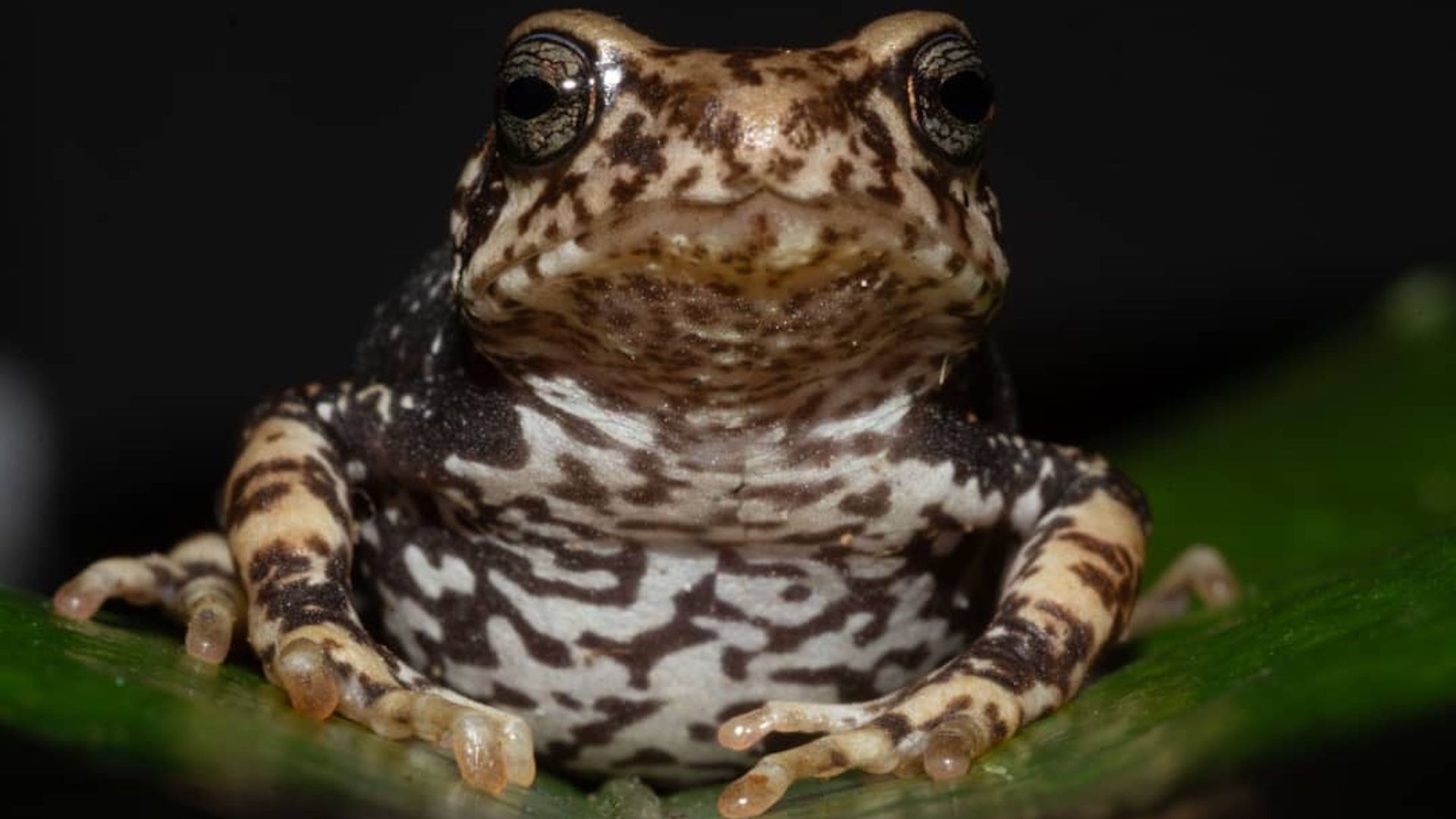A new study has revealed three previously unknown species of tree toads (genus Nectophrynoides ) in Tanzania’s Eastern Arc Mountains and Southern Highlands. These remarkable amphibians share a rare characteristic: they give birth to live young (“toadlets”) that bypass the typical tadpole stage. This finding highlights the incredible diversity within this unique group and raises important conservation questions.
Live-bearing is exceptionally uncommon in the amphibian world, practiced by less than 1% of frog and toad species. The Nectophrynoides genus was already known for this unusual reproductive strategy, but now it boasts a greater number of these “live-bearers.” Prior to this discovery, only 17 out of over 7,000 frog and toad species were known to produce live young, with 13 belonging to the Nectophrynoides genus. The newly identified species—Nectophrynoides saliensis, Nectophrynoides luhomeroensis, and Nectophrynoides uhehe —increase both totals significantly.
From Lump to Four Separate Species
Initially, scientists thought a single species, Nectophrynoides viviparus, was widespread across the Eastern Arc Mountains and Southern Highlands of Tanzania. However, genetic analysis coupled with meticulous examination of museum specimens and vocalizations revealed four distinct species inhabiting this region.
“Some of these specimens were collected over 120 years ago,” said study co-author Alice Petzold, an evolutionary scientist at the University of Potsdam in Germany. “Our museomics work was able to reveal exactly which populations those old specimens belonged to, giving us a lot more confidence for future work on these toads.”
A Cause for Conservation Concern?
While N. viviparus was previously considered not vulnerable or endangered due to its presumed wide distribution, the discovery of these smaller, more geographically isolated species raises concerns about their conservation status. Each species may face greater threats in its fragmented habitat. The loss of a closely related species, Nectophrynoides asperginis, in 2009 after a dam construction project and a fungal disease outbreak serves as a stark reminder of the fragility of these ecosystems.
Urgent Need for Further Research
“The forests where these toads are known to occur are disappearing quickly,” warned study co-author John Lyakurwa, a biologist at the University of Dar es Salaam in Tanzania. These fragile habitats are threatened by both human activity and climate change. Future research will focus on assessing the specific threats faced by each species and developing targeted conservation strategies to protect them before it’s too late.
